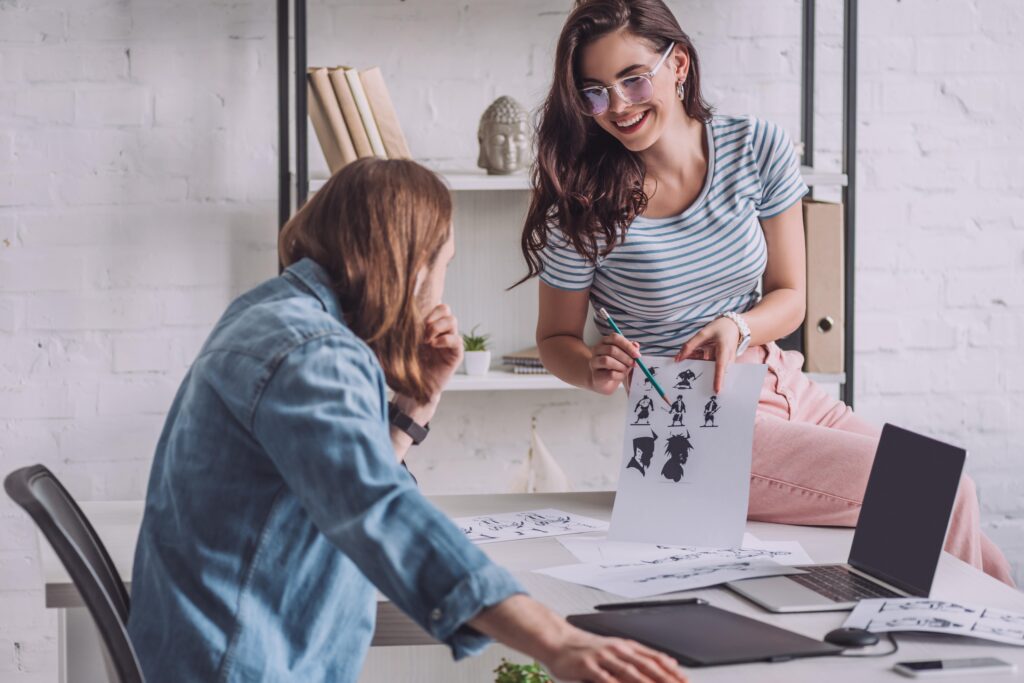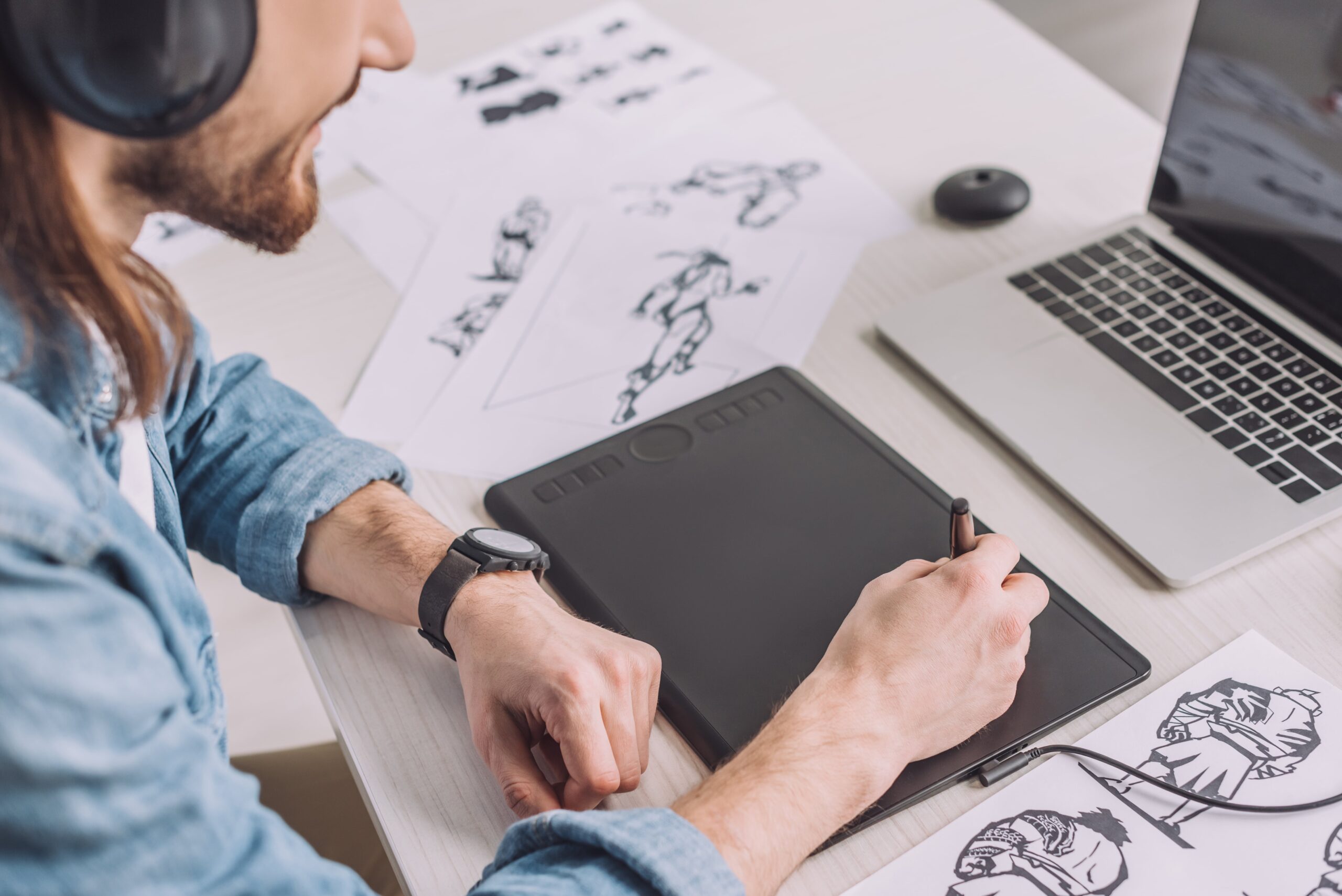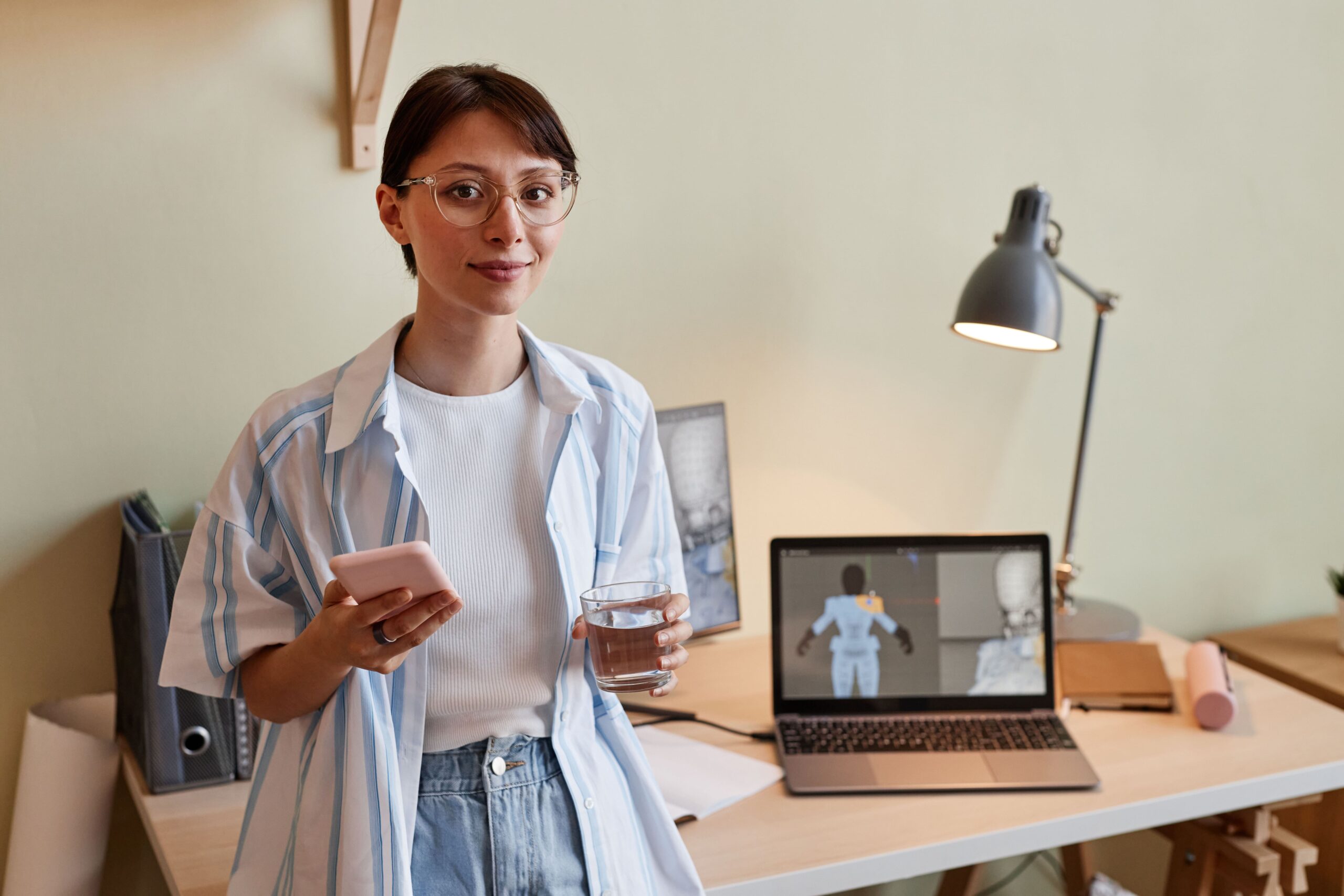Creating captivating 3D environments is a crucial skill for animators and game developers. Whether you’re building fantastical landscapes or realistic urban settings, the right techniques can elevate your work to new heights.
In this article, we’ll explore the best 3D environment modeling techniques to help you achieve stunning results. From concept development to texturing and lighting, these tips and tricks will guide you in crafting immersive and visually striking scenes.
Concept Development
Before diving into the technical aspects of 3D modeling, it’s essential to start with a solid concept. A well-thought-out concept serves as the foundation for your environment.
Begin by gathering references and creating mood boards to capture the look and feel you aim to achieve. Sketching rough layouts and planning the major elements will help streamline the modeling process and ensure consistency in your final design.
Blockout Stage
The blockout stage involves creating a basic, low-detail version of your environment. This step is crucial for establishing the overall composition and scale of your scene. Use simple geometric shapes to represent buildings, terrain, and other key features.
This allows you to focus on the spatial relationships and proportions before committing to detailed modeling. At this stage, it’s easier to make adjustments and experiment with different layouts.
Detailed Modeling
Once you’re satisfied with the blockout, it’s time to add detail. Start by refining the primary structures and gradually move on to smaller elements. Pay attention to the topology of your models, ensuring they are clean and efficient.
Utilize techniques like edge loops and subdivision surfaces to create smooth, high-quality meshes. For organic environments, sculpting tools can be particularly useful for adding intricate details and natural shapes.
Texturing
Texturing brings your 3D models to life, adding realism and depth to your environment. Begin with creating UV maps that efficiently unwrap your models. This process can be challenging but is vital for achieving seamless textures.
Use high-resolution texture maps and consider employing techniques like baking ambient occlusion and normal maps to enhance surface details. Experiment with different materials and shaders to achieve the desired look, whether it’s weathered stone, lush vegetation, or metallic surfaces.
Lighting
Lighting is a powerful tool that can dramatically impact the mood and realism of your 3D environment. Start by setting up your primary light sources, such as the sun or artificial lights, to establish the overall lighting direction. Add secondary light sources and fill lights to soften shadows and highlight specific areas.
Experiment with different lighting setups and consider the color temperature to match the intended atmosphere. Utilize global illumination and light baking techniques to achieve realistic and dynamic lighting.
Post-Processing
Post-processing effects can enhance the visual appeal of your 3D environment. Use tools like bloom, depth of field, and color grading to add the finishing touches.
These effects can help draw attention to key areas, create a sense of depth, and unify the overall color palette. Be mindful not to overdo it, as subtle adjustments often yield the best results.
Optimization
Creating stunning 3D environments often involves a balance between visual quality and performance. Optimize your models by reducing polygon counts where possible and using level of detail (LOD) techniques to manage complexity.
Efficient use of textures and materials can also significantly impact performance. Regularly test your environment in the target platform to ensure it runs smoothly without compromising visual fidelity.
Conclusion
Being proficient in 3D environment modeling requires a combination of artistic skill and technical knowledge. By following these best practices, you can create visually striking and immersive environments that captivate your audience.
Key Takeaways:
- Gather references and create mood boards to guide your design.
- Use simple shapes to establish composition and scale before detailed modeling.
- Focus on clean topology and use edge loops and subdivision surfaces.
- Create seamless UV maps and use high-resolution textures for realism.
- Set up primary and secondary light sources to establish mood and enhance details.
- Utilize bloom, depth of field, and color grading for finishing touches.
- Reduce polygon counts, use LOD techniques, and test regularly for smooth performance.
To further enhance your skills and kickstart your career in 3D environment modeling, consider enrolling in the NYU Animation Industry Essentials online course and certificate program offered by Yellowbrick.
This comprehensive program will provide you with the knowledge and hands-on experience necessary to thrive in the dynamic world of 3D environment modeling.








